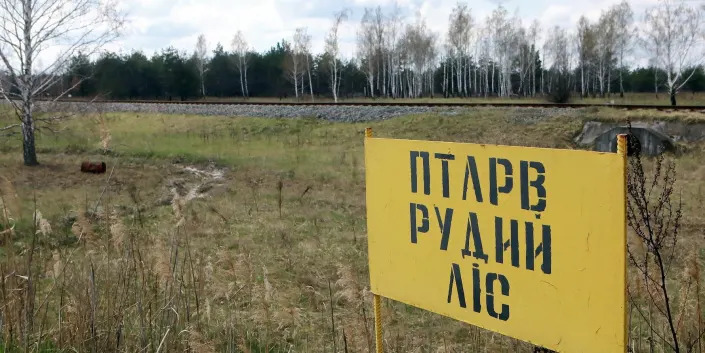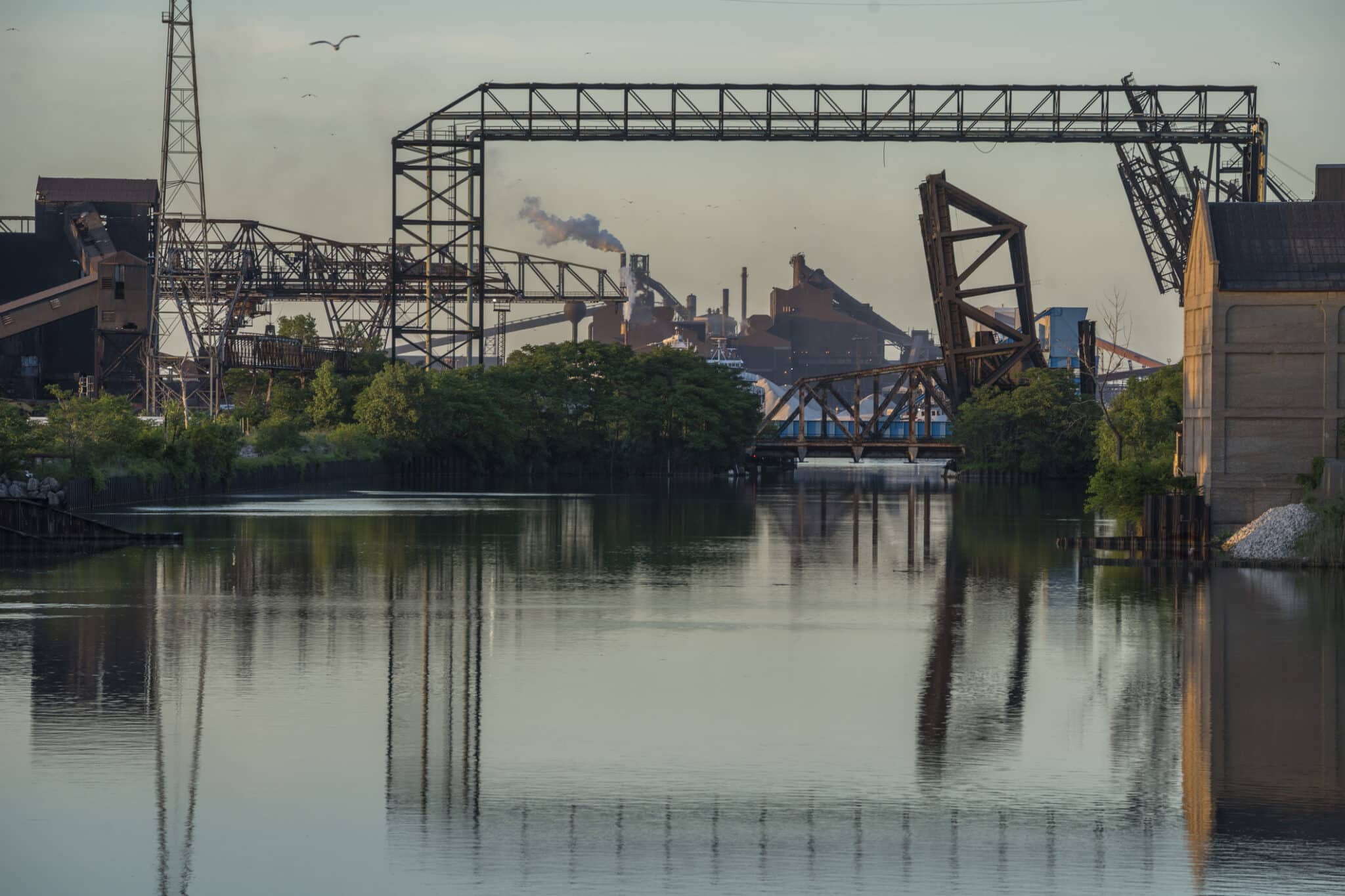USA Today
‘A year-after-year disaster:’ The American West could face a ‘brutal’ century under climate change
Elizabeth Weise – April 2, 2022
SAN FRANCISCO – The West, once a beacon for all that was new and hopeful in America, could become an example of the grim, apocalyptic future the nation faces from climate change.
The last five years already have been harrowing.
Whole neighborhoods burned down to foundations. Children kept indoors because the air outside is too dangerous to play in. Killer mudslides of burned debris destroying towns. Blood-red skies that are so dark at midday, the streetlights come on and postal workers wear headlamps to deliver the mail.
And it’s going to get worse unless dramatic action is taken, two studies published this week forecast.
The first predicts the growth of wildfires could cause dangerous air quality levels to increase during fire season by more than 50% over the next 30 years in the Pacific Northwest and parts of northern California.
A second shows how expected increases in wildfires and intense rain events could result in more devastating flash floods and mudslides across a broad portion of the West.
“These studies reinforce the likelihood of a brutal future for the West,” said Jonathan Overpeck, a climate scientist and dean of the University of Michigan’s School for Environment and Sustainability.
“Even climate scientists are scared,” he said. If climate change isn’t curbed, a “dystopian” landscape could be the result.

Deadly mudslides: More Americans are threatened as heavy rains loom over scorched lands
Each study, based on evermore-precise climate modeling, follows previous research showing the recent red skies, torched forests and neighborhoods, and catastrophic flooding and mudslides could be the new normal unless carbon emissions are halted soon.
“These papers echo an overwhelming trend,” said Rebecca Miller, who studies the impact of fire on the West at the University of Southern California. “Fires and their impacts are getting more severe and are projected to just get worse, becoming a year-after-year disaster.”
What this means for the West, home to 79 million people, is in some ways a return to the past.
“When you moved to the West a century ago, it was an inhospitable place. There was an underlying danger,” said Bruce Cain, director of the Bill Lane Center for the American West at Stanford University. “We’re returning to that.”
The dire consequences, however, may be an incentive for Americans to take meaningful climate action.
“It’s a kick in the pants to get stuff done,” Cain said.
Bad air days
Rising levels of dangerous particles in the air due to smoke from wildfires are a growing threat not just in the American West but across the country, the paper published Monday in the Proceedings of the National Academy of Science showed.
In just the last five years, the West saw a series of historically large and destructive fires that burned millions of acres, destroyed thousands of homes and killed hundreds of people. The annual area burned by forest fires in the region has increased tenfold over the past half-century.
The smoke from those fires turned skies red and was so pervasive that Pacific Coast cities from Los Angeles to Seattle kept children indoors during recess and canceled sporting events. Residents were advised not to go outside and to tightly close windows and doors. Sales of air filters skyrocketed.

‘It could happen tomorrow’: Experts know disaster upon disaster looms for West Coast
By the end of the century, these kinds of dangerous, polluting fires could occur every three to five years across the Pacific Northwest and parts of northern California, the study by scientists at Princeton University and the National Oceanic and Atmospheric Administration found.
“These unhealthy particle pollution levels that occurred in the recent large fires may become the new norm in the late 21st century,” said Yuanyu Xie, a researcher in atmospheric and oceanic sciences at Princeton and one of the paper’s authors.
The scientists modeled several scenarios. In what’s known as the “middle of the road” climate change scenario, in which carbon emissions don’t start to fall before mid-century and don’t reach net-zero until 2100, the models show smoke pollution increasing by 100% to 150%.
In the “business as usual” scenario, in which society doesn’t make concerted efforts to cut greenhouse gases, smoke increases 130% to 260%.
The danger stretches across the United States. Wildfire smoke can travel hundreds and even thousands of miles. In July, smoke from Western wildfires triggered air quality alerts and caused smoky skies and red-orange haze in New York, Washington, Baltimore, Philadelphia and Boston.

“It’s not simply a health threat to people who lives in Western states. We’re seeing impacts hundreds and sometimes thousands of miles away,” said the American Lung Association’s senior vice president for public policy Paul Billings.
The particles in smoke can penetrate deep into the lungs, creating and exacerbating multiple health issues.
“It can cause asthma attacks, strokes, heart attacks and increases in cardiovascular problems,” said Billings. There’s also evidence that smoke may impact pregnancy and birth outcomes.
Cloudbursts, floods and mudslides
A second paper, published Friday in the journal Science Advances, modeled two separate trends in the West – increasing “fire weather” and increased extreme rainfall events – that together spell trouble.
In the past, extreme rainfall was unlikely to follow a major wildfire, but the one-two punch is becoming more common and can be a dangerous combination.
Westerners have long lived with so-called fire weather, times of exceptional heat, dryness and wind that increase fire danger. The National Weather Service even produces fire weather forecasts. The researchers’ models show that these extreme events will increase in the coming decades.
Extreme rain: How a summer of extreme weather reveals a stunning shift in the way rain falls in America.
At the same time, the frequency and intensity of extreme rain events are projected to also increase in much of the western United States, the study showed. By mid-century, midsized heavy rain events are expected to increase by more than 30%.
“It’s like rolling dice, you have your set of fire dice and your set of rain dice. Sometimes it comes up fire and rain in the same year,” said Samantha Stevenson, a climate modeler at the University of California, Santa Barbara, a co-author of the paper.
That poses an additional risk to anyone living downhill from charred areas. Fires destroy vegetation that holds soils in place and can sometimes harden the ground, lessening its ability to absorb water. Both contribute to the possibility of catastrophic flash floods and what scientists call debris flows.
“It’s a mixture of rocks, soil, vegetation and water that’s moving downhill at a rate you can’t outrun,” said Matthew Thomas, a research hydrologist with the U.S. Geological Survey. “A flood can inundate a home, but a debris flow can take it off its foundation.”
Models run by scientists predict that in the Pacific Northwest, more than 90% of fire weather days will be followed within six months by extreme rain events. Over five years, almost all fire weather will be followed by at least one extreme rainfall event – and it can take that long for scorched land to recover.
The findings were similar, though less extreme for California and Colorado.
The results surprised Danielle Touma, an environmental engineering researcher at the University of California, Santa Barbara, who co-authored the paper.
“Seeing the numbers on your screen, it’s quite shocking,” she said.
The phenomenon is already visible.

A USA TODAY investigation last year found that between 2018 and 2021, fast-moving debris flows have damaged and destroyed hundreds of homes, closed major transportation routes across at least three states and caused more than $550 million in property damage. Close to 170 people have been injured and 28 people died since 2018.
Last year, flash floods in Colorado’s Poudre Canyon killed at least three people. It occurred in the burn scar left by the 2020 Cameron Peak Fire, the largest recorded fire in Colorado history.
In 2018 the Montecito mudslide killed 23 people near Santa Barbara, and properly loss claims totaled $421 million. It came just a month after the Thomas fire, one of the largest in state history, killed two people, destroyed at least 1,000 structures and cost $1.8 billion in property damages.
The speed at which wildfires have worsened across much of America has exceeded predictions by the scientific community, said Overpeck.
“If anything, the theory and the models were underestimating how hard and fast these impacts would accumulate,” he said. “Mother Nature is making that crystal clear.”
Contact Elizabeth Weise at eweise @usatoday.com













